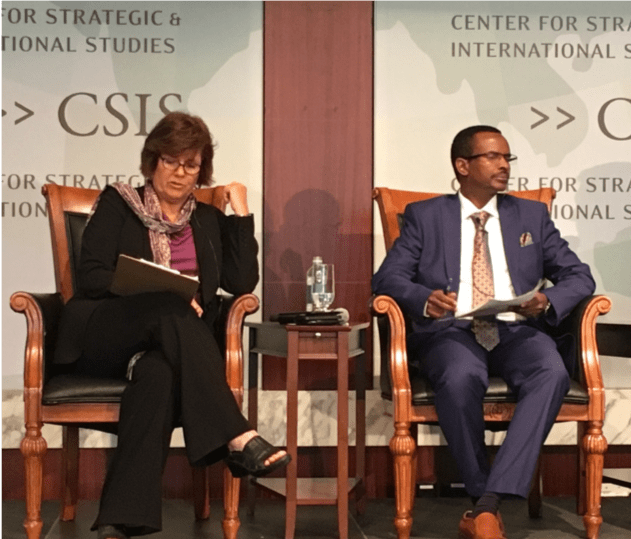During two key meetings in Washington, DC on July 10 and 11, the CORE Group Polio Project (CGPP) shared key lessons on the importance of collaborating with communities, working through the Secretariat Model, and developing approaches for reaching mobile, refugee, and migrant populations
On July 10, the Center for Strategic and International Studies held an international conference on the role of the US in global polio eradication. Sen. Mitch McConnell, a polio survivor, provided the keynote address. Ahmed Arale, the CGPP Secretariat Director for Kenya and Somalia, discussed the work of the CORE Group Polio Project in the Horn of Africa, emphasizing the cross-border work between Kenya, Somalia, South Sudan and Ethiopia. Reaching cross border, mobile, migrant populations demands elevated levels of coordination and persistence. “For you to work in these difficult areas, you have to be very innovative,” he said.
At USAID’s Flagship Maternal and Child Survival Program (MCSP) presentation on July 11, CGPP Deputy Director Lee Losey provided four best practices from the CGPP’s ongoing engagement in polio eradication that began in 1999. “The absolute foundation, the real critical piece, has always been at the community level,” he said. Losey also discussed CGPP’s unique Secretariat Model, which coordinates the work of multiple partners. “You need a lot of different partners and you have to figure out a way to get them all talking together and working together and agreeing on things.”

